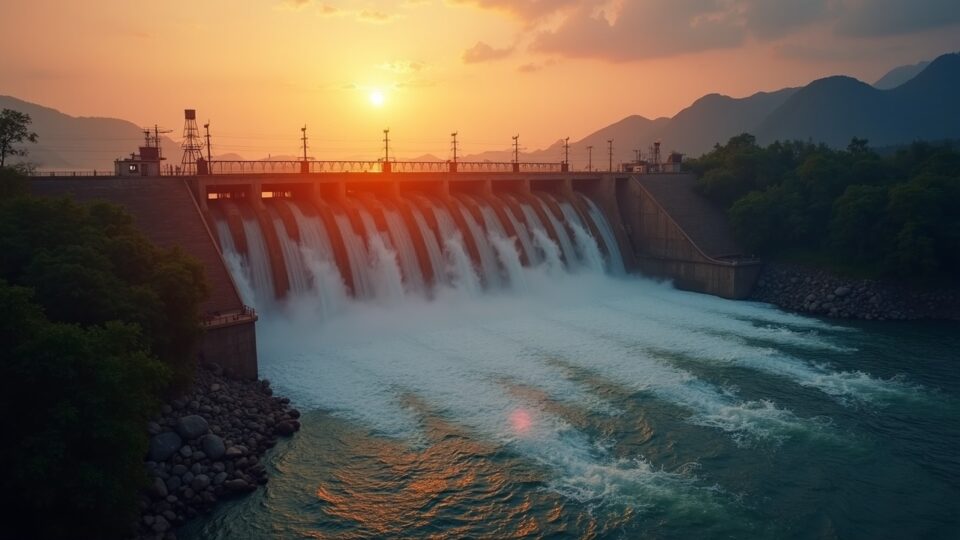Laos now channels its leftover hydroelectric power into cryptocurrency mining, selling electricity to server farms that mint digital coins. The farms pay taxes in hard currency and the treasury needs the cash as external debt stands at about 13.8 billion dollars. Crypto treasuries and neighbouring governments track the flow of power and money as the programme advances.
The programme fits the plan to market Laos as the “battery of Southeast Asia”. Rrivers could supply roughly 26 000 MW beyond the current dam network, and more Mekong dams already export power and pull in foreign capital. China holds around 5.5 billion dollars of the external debt—some estimates place the figure higher—and that leverage shapes both infrastructure choices and regional energy politics.
After China banned large scale mining in 2021, operators looked for new sites. Laos offered low tariffs and official licences, and the farms pay taxes as well as bring in foreign exchange. The practice “energy arbitrage”: cheap kilowatt hours become tradable digital tokens.
Strategy and regional context
A 555-million-dollar lawsuit filed by a Chinese contractor against the state power utility and warns that coin prices, hardware prices and network difficulty all move against profit. Hydropower expansion also alters the river; sediment loss besides falling fish stocks touch about 70 million people in the Mekong basin.
Foreign miners may keep arriving while renewable power stays cheap. Every coin sold for dollars or yuan adds liquid funds against the 13.8-billion-dollar debt, yet earnings swing with cryptoasset volatility and rising equipment costs. Chinese loans and court actions over energy projects tie policy hands.
The numbers remain: 26.000 MW of untapped hydropower, 13.8 billion dollars of debt, a 555-million-dollar claim and a river basin of 70 million residents.
The IMF forecast shows Lao growth dropping from 4% in 2024 to 2.5% in 2029. Against that slowdown, the government accelerates efforts to turn surplus electricity into foreign currency through cryptocurrency mining, underscoring the practical trade-off between fiscal relief and exposure to energy, market and environmental risks.

